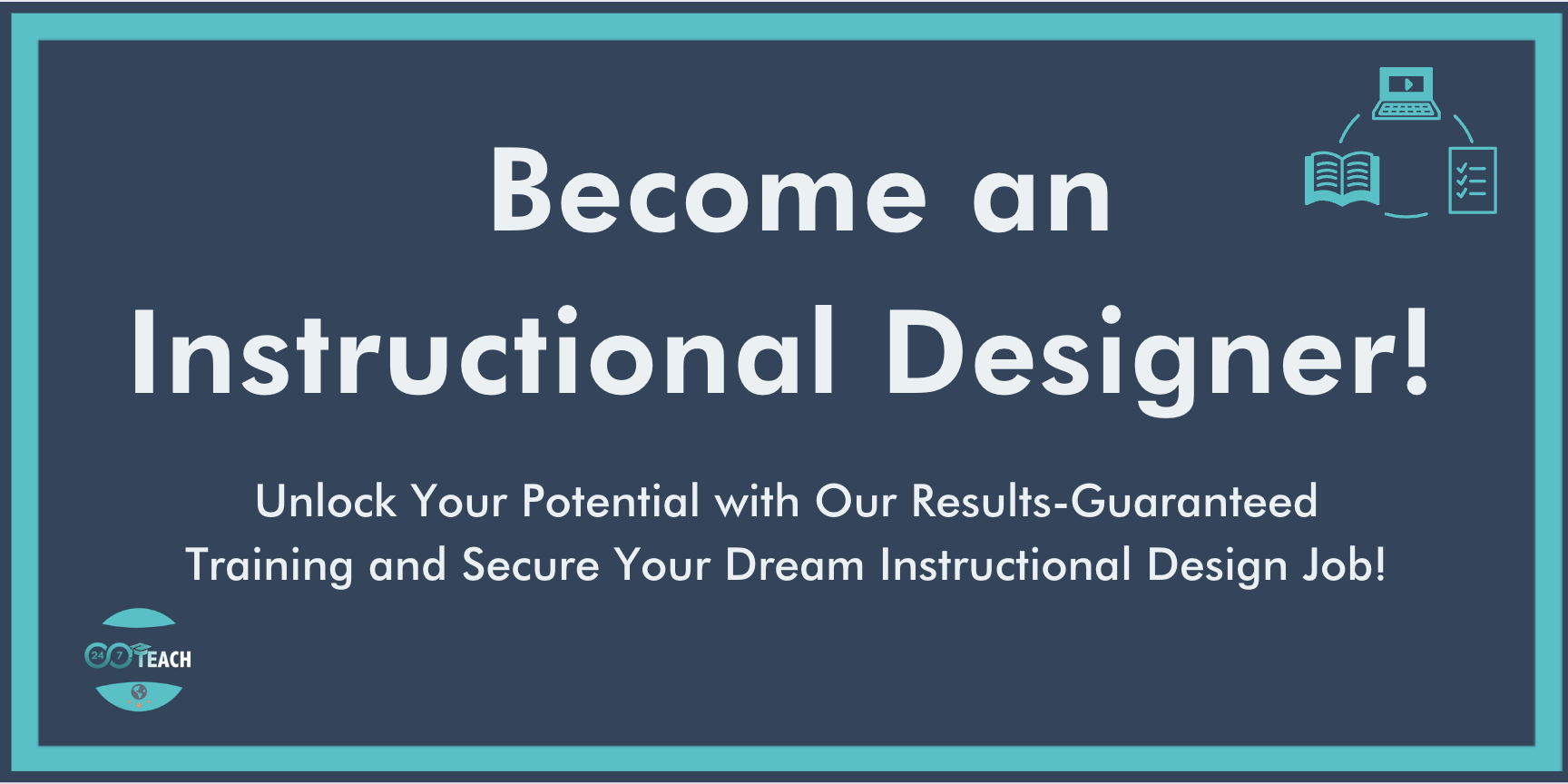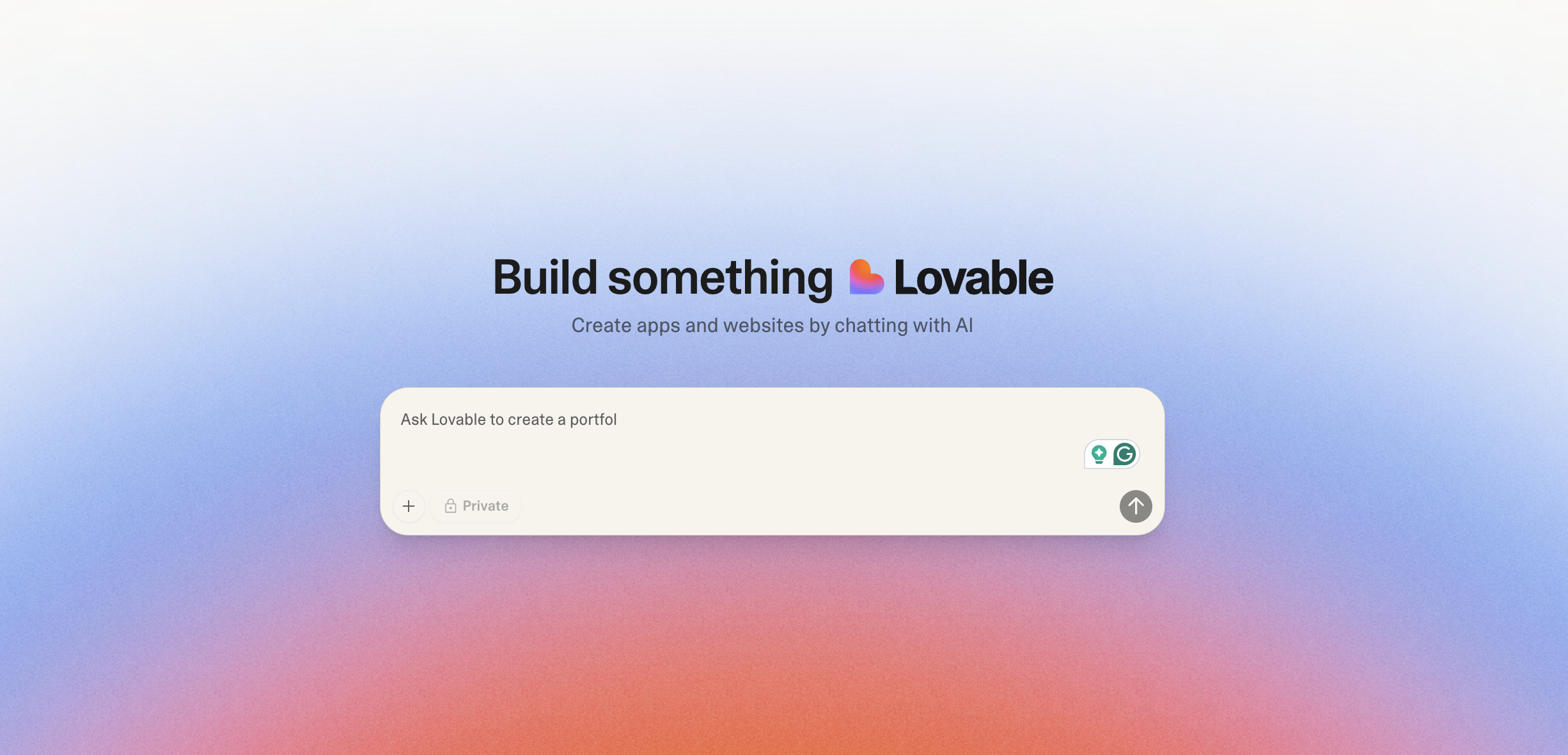Mastering SME Interviews: Top 30 Questions for Effective eLearning Content Development
By Zaynah Danquah
Lead Instructional Designer
Prefer to listen to this post? Click below.
Mastering SME Interviews by asking the right questions:
As a lead instructional designer, one of the critical phases in developing impactful eLearning content involves engaging with subject-matter experts (SMEs) and project stakeholders. The information extracted during these interactions is pivotal in shaping the course to meet both educational and business objectives. However, this process can be challenging, particularly when transforming raw information into engaging eLearning modules. In this post, I'll share a comprehensive list of 30 targeted questions to ask SMEs and project stakeholders and the specific situations where each question is most effective.
We will start off with my top seven or “Go-to” questions to ask:
What challenges will this learning experience help the organization overcome, or what opportunities will it help capitalize on?
What general knowledge, tasks, and skills are needed?
What little challenges do you expect for the learner?
What crisis should the learner be prepared for?
What challenges did you (as the SME) have?
Is there something I need to know that I don't already know about this information or your needs for this learning experience?
How would you explain this topic or process to an 8-year-old?
Then, I have your more formal questions and when to ask them.
Understanding the Context and Content:
What business need or learning objective does this project address?
Situation: Use this at the beginning to understand the overarching goal.Can you provide existing materials related to the topic?
Situation: When you need to review current content and understand the baseline.What general knowledge, tasks, and skills are needed for this topic?
Situation: To grasp the scope and depth of the content required.What are the typical challenges learners face regarding this topic?
Situation: Identifying pain points helps tailor the content to address specific learner difficulties.What crisis situations should the content prepare the learner for?
Situation: When creating content for high-stakes scenarios.What were your personal challenges when you learned this subject?
Situation: To add personal insights and experiences to the content.What might I not know about this topic that is crucial?
Situation: To uncover any hidden yet essential aspects of the subject.What areas typically cause confusion?
Situation: Identifying topics that require clearer explanation or emphasis.What are the most common questions you receive about this topic?
Situation: To address FAQs within the eLearning content.What are common mistakes made in this area?
Situation: To develop content that preempts and corrects frequent errors.What are the dangerous mistakes in this area, and their impacts?
Situation: For content focusing on safety or critical processes.What are the gaps between ideal practices and actual practices?
Situation: To develop content that bridges practical gaps.Can you provide stories or examples to illustrate key points?
Situation: To enrich the content with real-life scenarios.Which points might meet resistance or pushback?
Situation: Preparing to address potential learner objections or concerns.If learners remember only three things from this, what should they be?
Situation: Identifying the most crucial takeaways.What needs to be known thoroughly, without reference?
Situation: To highlight content requiring memorization.What is essential but infrequently used?
Situation: To determine what can be included as supplementary material.Are there checklists or guides that support this topic?
Situation: To incorporate practical tools or resources.What information is nice-to-know but not critical?
Situation: To decide on additional content that could enrich learning without overwhelming learners.What revolutionary changes or updates does this topic have?
Situation: To update the course with the latest developments or practices.
Deepening the Content:
How can this content be applied to on-the-job performance?
Situation: Making the content practical and relevant.What instructional method do you think works best for this topic?
Situation: Gaining insights into potentially effective teaching strategies.How has this information evolved over time?
Situation: To provide learners with a historical perspective or trend analysis.What are the long-term benefits of mastering this topic?
Situation: To motivate learners by showing the value of the content.Can this content be segmented into distinct modules or sections?
Situation: When planning the structure and flow of the course.How would you assess the understanding of this topic?
Situation: To design effective assessments or knowledge checks.What additional resources can supplement this learning?
Situation: To provide learners with additional materials for deeper understanding.What mistakes did you make while learning this, and how did you overcome them?
Situation: To humanize the learning process and share coping strategies.How do you keep updated with the latest developments in this field?
Situation: To guide learners on staying current post-training.What feedback have you received about this topic from previous training sessions?
Situation: To improve upon past iterations of the training.
Conclusion
As a new instructional designer, it is important to master the art of communicating effectively with SMEs and project stakeholders. Asking the right questions can help you to build a strong relationship with your SME and gain valuable insights. This can help you to create coherent, engaging, and impactful e-learning content from raw, often disjointed information. While these questions can be asked via email, it is best to ask them in person or over video conference.
However, it is important to keep in mind that just because you ask a question doesn't mean you will get the answer you need. You need to tailor these questions to your specific context to extract the most relevant and useful information. This will ensure that your eLearning courses achieve the desired performance outcomes and provide a rewarding learning experience.
Asking the right questions to your SME or project stakeholders can be intimidating, but it is a major part of your responsibilities as an instructional designer. It is a skill that requires practice. By mastering the art of asking the right questions at the right time and getting effective answers, you can become a master of SME/Stakeholder interviews.
Discussion Question:
Join the conversation and participate with the 24/7 Instructional Design community by answering the DQ in the comment section below:
What specific challenges have you faced when interviewing SMEs for eLearning content development, and how did the questions you asked help you overcome these challenges? Share your experiences and insights on effectively extracting crucial information from SMEs to enhance the relevance and impact of your eLearning courses.
Need Guidance on Navigating the Shift to Instructional Design?
Before You Go...
Discover the Unmatched 24/7 Teach Experience:
Our Instructional Design bootcamps and career coaching services have a 100% success rate. We redefine learning by immersing you in practical, hands-on projects, ensuring you acquire vital professional expertise while making a meaningful difference in your community.
Unlock your true potential today with 24/7 Teach and invest in your future.










